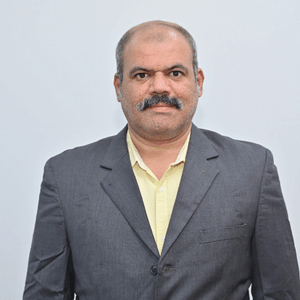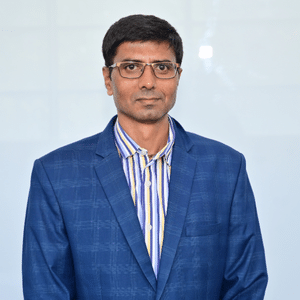Advanced Modeling & Simulation
CFD | FEA | DEM | Multiphysics
About Practice
Tridiagonal Solutions is one of the leading modeling & Simulation consulting companies having strong global client base. We provide modeling services in Computational Fluid Dynamics(CFD), Finite Element Analysis(FEA), Discrete Element Method(DEM) & Multiphysics as well. Our engineers also help to develop digital twins of equipment or process. Our modeling expertise enables industry to improve & optimize processes and equipment design. Modeling & Simulation also provides deep insights to understand root cause of structural failure & troubleshoot the performance issues.

Capabilities
Tridiagonal has considerable capabilities in CFD modeling of combustion, multiphase flows and reactions. We are expertise in solving Multiphysics problems such as tightly coupled fluid structural (FSI) interaction, Flow Induced Vibration and acoustic induced vibration problems. We have expertise to assess structural integrity of equipment for thermal and physical loads as well as predicting fatigue life. Tridiagonal has expertise in developing digital twin, ROM & Response Surface Models.
Multiphase flow, Phase change, combustion and reaction modeling are our routine areas of working. We help industry to analyze root cause of the failure. Our engineers provide deep insights for troubleshooting & process improvement
DEM is utilized in pharmaceuticals for powder mixing and tablet compression, in chemicals for particle handling and crystallization, and in CPG for packaging and mixing processes. It optimizes operations, ensuring uniformity and efficiency in dosage, product quality, and handling.
(FEA)
Our canvas covers the assessment of the structural integrity of equipment, vessels, and components under static and dynamic loads, preventing thermal failures with optimized heat transfer & temperature distribution. While analyzing the cause of failure our engineers follow industry standards like ASME & API
Tridiagonal engineers are capable in solving fluid-structure interaction (FSI) problems, while coupling of DEM-FEA models the behavior of granular materials interacting with structures, provides a deeper understanding of stress distribution, particle flow, and potential equipment wear.
Tridiagonal tech leaders can build a virtual replica of assets & processes in various industries to reduce simulation iterations using data interpolation. Methods like CFD, FEA & DEM can predict values that are not possible to gain from sensors.
Industries
Your Trusted Partner in Modeling & Simulation.
Oil and Gas
Tridiagonal has expertise in modeling equipment processes in upstream, midstream & downstream Industry segments. We cover wide range of applications like Burner optimization, validating Separator design, Flow uniformity of Cyclones.
Ensuring structural integrity of different Pressure vessels using codes like ASME and API. Troubleshooting and root cause analysis of structural failure. Providing insights for Retrofit solutions.
Pharmaceutical and Medical device
Tridiagonal enhances pharmaceutical manufacturing efficiency and product quality using advanced modeling techniques like CFD and DEM. They focus on scaling up batch processes, transitioning to continuous operations, and optimizing API manufacturing and formulation. Tridiagonal is also prominent in medical device manufacturing offering services for a range of applications including drug delivery system design, blood processing device design, extrusion dies for catheters, and patient-specific modeling.
Metals and Cement
Tridiagonal is specialized in modeling rotary kiln, Blast Furnace, Tundish, Blow pipe, burner arrangement, Cyclones, Bag filter & Electrostatic Precipitator(ESP) and structural analysis of Silos and thermal-structural analysis of Aluminum smelter.
Food, Beverage and CPG
Tridiagonal Solutions offers specialized support for CPG companies' process engineering and R&D teams. Our services cover a wide range of areas including mixing studies, product development, process optimization, packaging design, food drying, pneumatic transport, separation technologies, coating and granulation, controlled release, encapsulation, and software development. By leveraging our expertise, CPG companies can enhance process efficiency, product quality, and operational effectiveness.
Chemical and Process
Chemical Process Industries team at Tridiagonal provides expertise in reactor design, mixing analysis, and equipment optimization for chemical companies. Our services help reduce R&D costs, minimize environmental impact, and improve product and process performance, ultimately enhancing corporate profitability. We also address flow, heat, and mass transfer challenges in ancillary equipment.
Power and Renewables
Tridiagonal can analyze complex processes such as Sulfur recovery, Scrubbing & combustion of gas and pulverized coal through CFD to enhance the performance of various units running under power plant.
We ensure asset integrity of boilers using FEA.
Others
Tridiagonal leverage cutting-edge computational fluid dynamics (CFD) and finite element analysis (FEA) to optimize HVAC equipment design, analyze thermal comfort, assess fire suppression equipment efficiency and design effective smoke evacuation systems. Our engineers work for areas like automotive, Carbon capture and fuel cell battery cooling to play a significant role in sustainability.
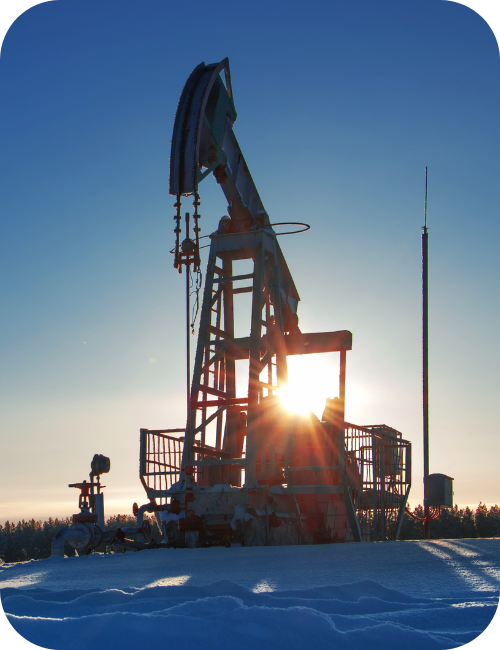

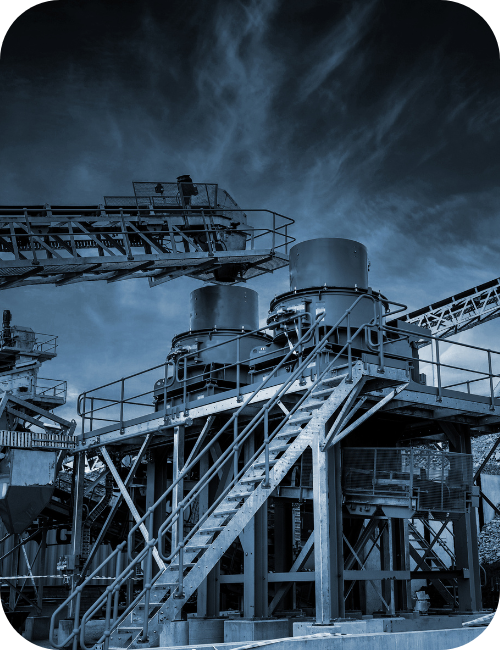
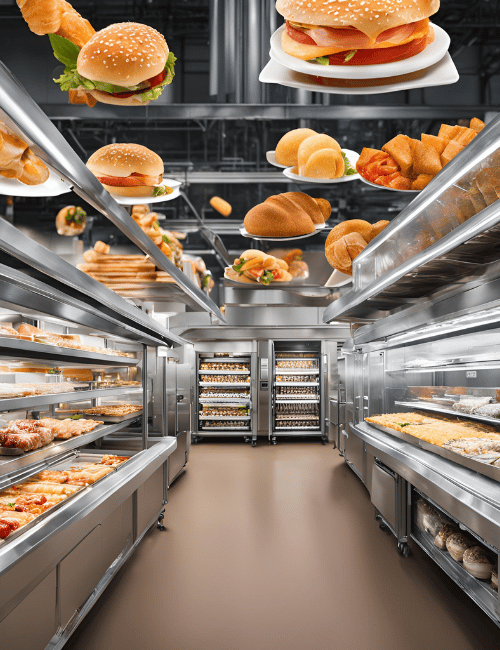
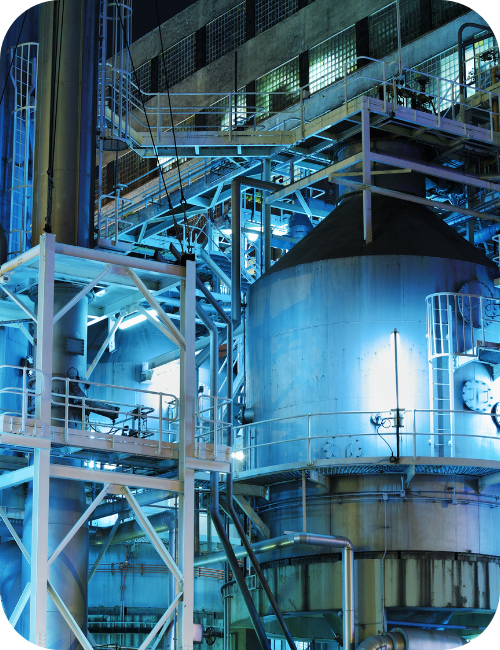

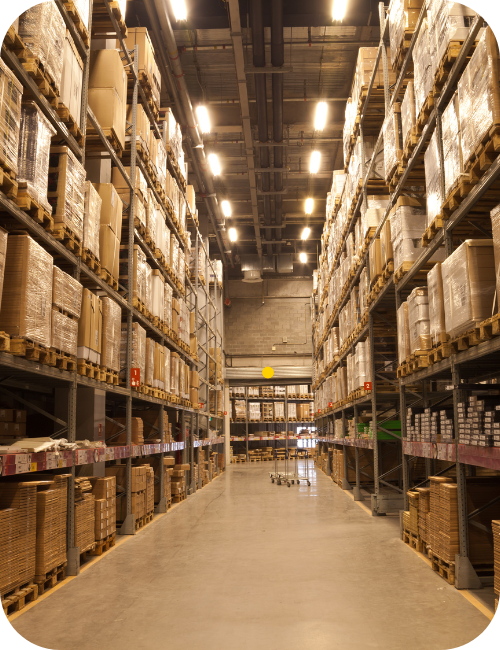
Resources
Explore the best practices and success stories of application of technology in process industry
CFD-DEM applied to Catalyst-Particles in Packed Bed Reactors or Columns | Webinar
Introduction: The shape, size and packing of catalyst particles plays significant role in the performance of packed bed ...
Read MoreFluid Structure Interaction Analysis (FSI): Maximizing Efficiency and Safety in Critical Industries
In the fast-paced industrial landscape, the challenges faced by sectors such as oil and gas, crude refining, power ...
Read MoreSand Transportation for Extending Life of ESP-Assisted Wells
Sand production remains one of the most persistent challenges in artificial lift operations, often leading to reduced ...
Read MoreWhy Tridiagonal?

Team having exposure and expertise of developing scalable solutions across multiple platforms.
Schedule a Call today!
Uncover how our capabilities can propel your organization forward. Provide your focus areas, and we will deliver tailored solutions designed to meet your unique objectives.


